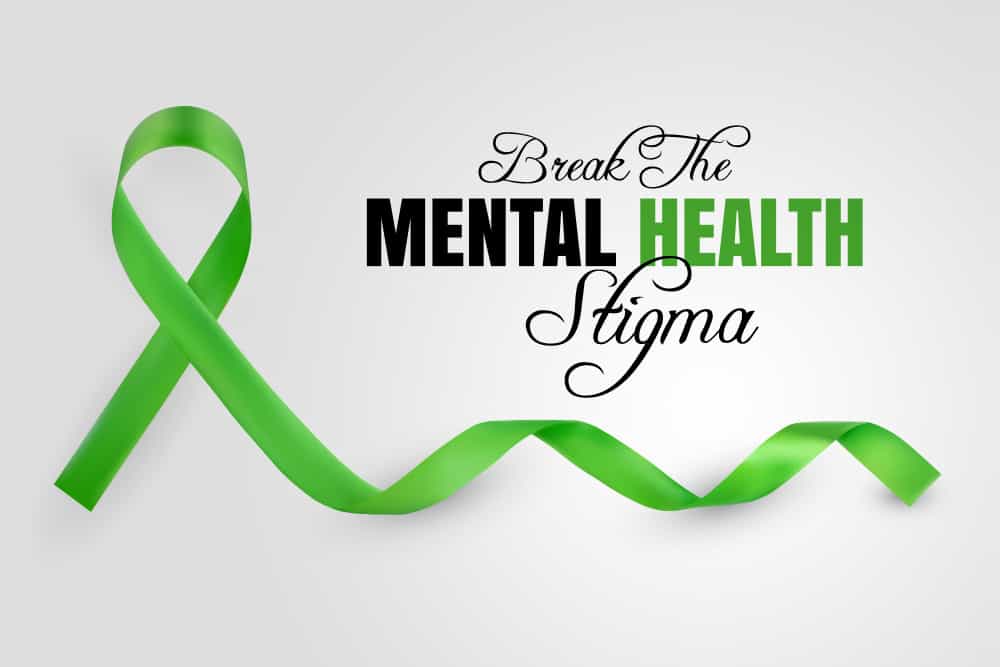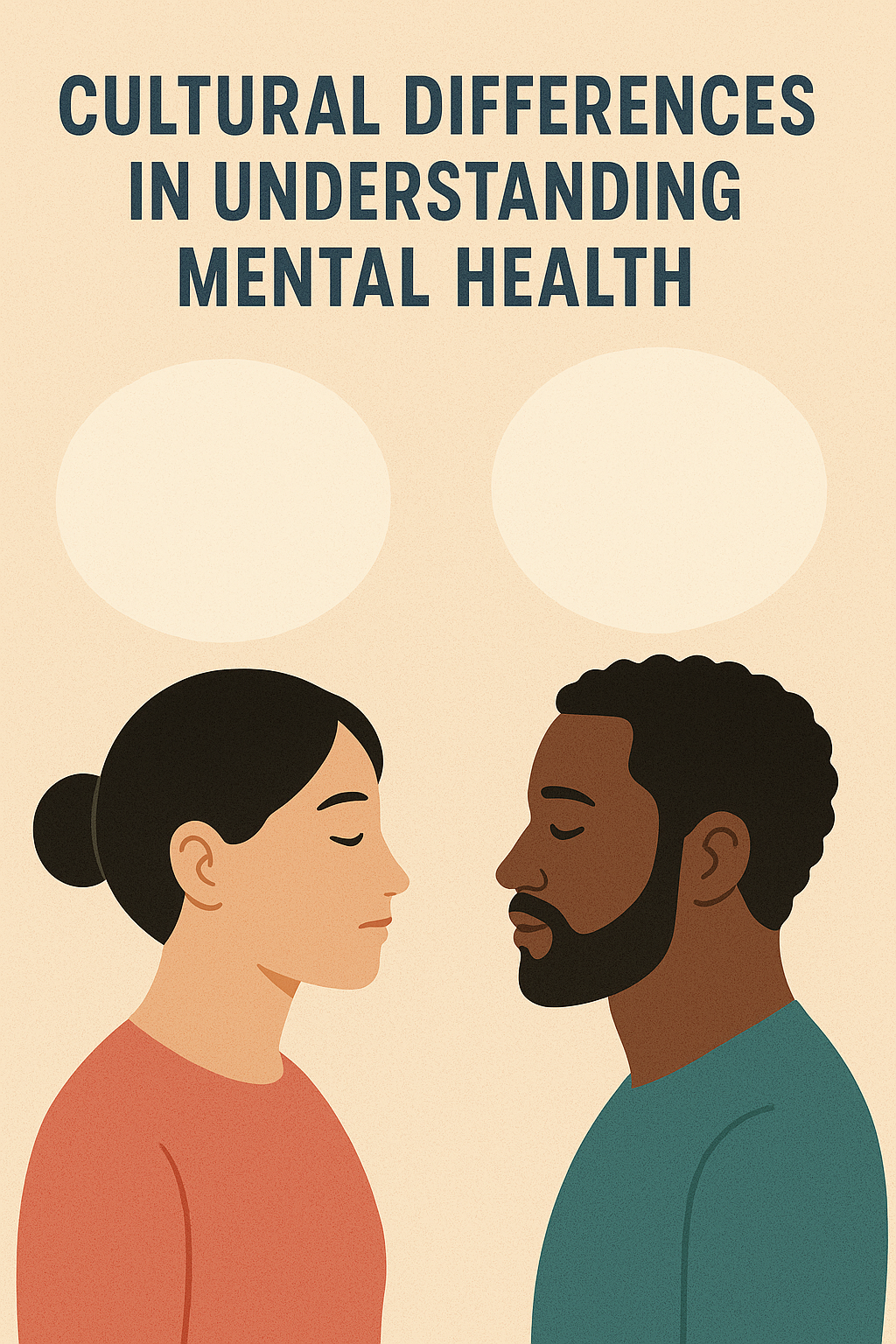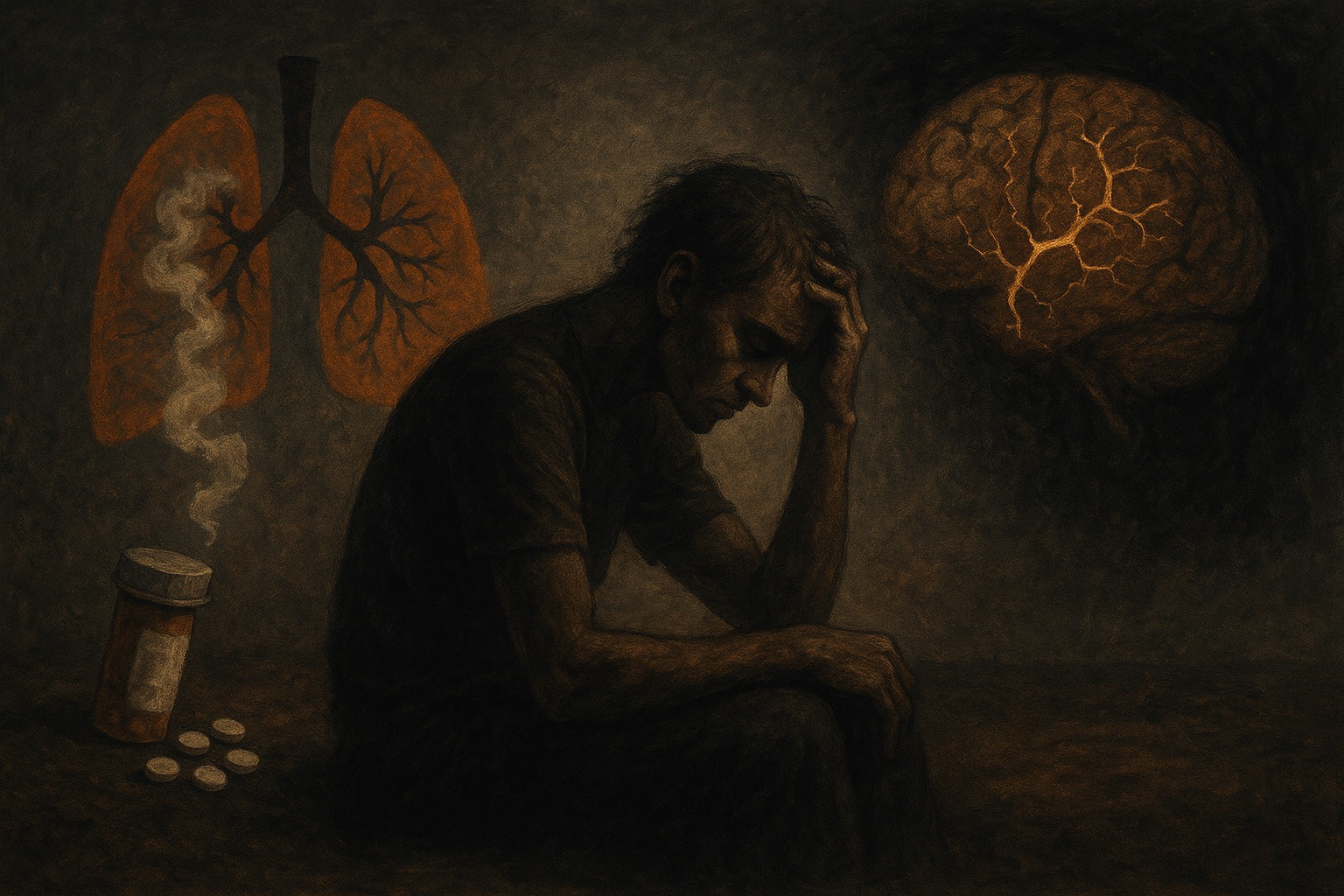Awareness of mental health issues has increased dramatically in recent years. Previously forbidden topics are now being discussed in the media, in schools, and the workplace. Despite these advancements, stigma remains a significant obstacle that keeps many people from getting help.
The stigma surrounding mental health is a deeply rooted societal issue. It manifests in many forms—shame, misunderstanding, judgment, discrimination—and can be both external and internal. These negative perceptions create a powerful deterrent for those who need support the most.
Understanding Stigma: More Than Just a Word.
Stigma can be broken down into two major categories:
Public Stigma: The general public’s negative attitudes toward people with mental health conditions.
Self-Stigma: When individuals internalize public stigma and begin to feel ashamed or embarrassed about their mental health challenges.
Public stigma often leads to stereotyping, such as assuming that people with depression are weak or that those with anxiety are simply overreacting.
Media representations of people with mental illnesses as dangerous, unpredictable, or incapable can reinforce these preconceptions.
Self-stigma is equally damaging. It can cause individuals to doubt their own experiences, minimize their symptoms, or feel unworthy of help. This internalized shame often leads to isolation and avoidance—precisely the opposite of what is needed for recovery.
How Stigma Prevents Help-Seeking.
The consequences of stigma on mental health help-seeking are far-reaching:
Delayed Treatment: People may wait months or even years to seek professional help, allowing their condition to worsen.
Fear of Judgment: Worrying about being labeled or misunderstood can stop someone from opening up to friends, family, or therapists.
Workplace Consequences: Employees might avoid disclosing mental health issues due to fears of discrimination, job loss, or being perceived as incapable.
Cultural Barriers: In some cultures, mental health is still a taboo subject. Traditional values may prioritize endurance and resilience over emotional vulnerability.
Reducing stigma isn’t easy—it requires effort at both the individual and societal level. But change is possible, and it begins with open, honest conversations.
Here’s how we can help break down stigma:
Education: The more we understand mental health, the less room there is for fear and misconceptions. Schools, workplaces, and communities must prioritize mental health literacy.
Storytelling: When people share their mental health journeys, it fosters empathy and normalizes the experience of struggling.
Supportive Environments: Creating safe spaces where individuals can talk without fear of judgment encourages early intervention and reduces the burden of isolation.
Language Matters: Replacing harmful terms like "crazy" or "insane" with respectful language helps shift the narrative around mental health.
Struggling with mental health does not make a person weak—it makes them human. Just as we wouldn’t shame someone for seeking help for a broken bone or chronic illness, we shouldn't discourage people from addressing their mental well-being.
If you're struggling, know that you're not alone. There is strength in vulnerability, courage in seeking help, and healing in the community. And if you're in a position to support someone else, sometimes the most powerful thing you can say is, "I'm here. You're not alone."
Although stigma is still one of the most stubborn obstacles to receiving mental health care, it is not unbeatable. Through education, empathy, and collective action, we can create a world where seeking mental health support is seen not as a last resort, but as an act of self-respect and hope.




